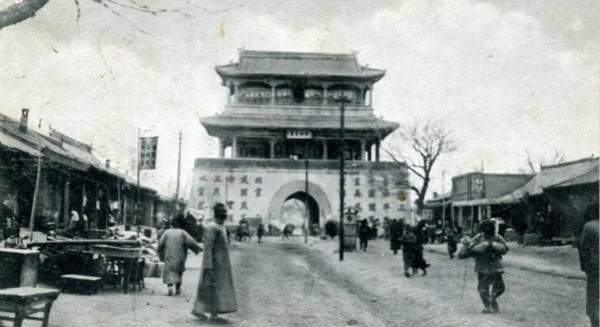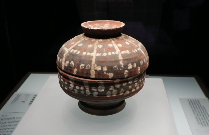History

City street scene of Guisui (now Hohhot) before its peaceful liberation in 1949. [Photo/nmgnews.com.cn]
The city is steeped in history and culture, with paleolithic relics indicating that people inhabited here 700,000 years ago. It was a site of political power across various dynasties since the Warring States Period (475-221 BC). The Xianbei ethnic group lived here in the Northern Wei Dynasty (386-534), making the city an integration of the Han and northern ethnic cultures. The Mongolian nobleman Alatan Khan founded predecessor city here in 1572.
The Qing government built a city wall and moat and stationed troops to the northeast of the city to tighten their grip on northwestern regions in the 1630s.
By 1913, the Northern Warlords had established Guisui county and, in 1929, the Kuomintang government made the county the capital of Suiyuan province. Then, on Sept 19, 1949, Suiyuan declared its independence and in April 1954, the Chinese government changed the name Guisui to Hohhot. In 1986, Hohhot was recognized as a historical city by the State Council.








